📦 In Short:
- Generative art tools like DALL·E and Midjourney are raising copyright challenges worldwide.
- Current laws typically recognize only human creators for copyright protection.
- There is growing debate over whether AI-generated works deserve legal protection.
- Legal bodies are exploring new frameworks, such as co-authorship or sui generis rights.
- The future of creative ownership depends on how we define originality and authorship in the AI era.
🧭 A New Creative Era, A Legal Grey Zone
From hyper-realistic portraits to surreal dreamscapes, generative art powered by AI has exploded in popularity. Tools like DALL·E, Midjourney, and Stable Diffusion allow users to create artwork with a few prompts—no brushes, no paint, no hands.
But as AI redefines creativity, a fundamental question arises:
Who owns the art created by machines?
This blog explores the legal vacuum surrounding AI-generated artwork, the global debates it has sparked, and where the future of copyright in generative art may be headed.
🧠 What Is Generative Art?
Generative art is artwork created with the assistance of algorithms, especially machine learning models trained on large datasets of human-created art. It’s not just copying—it’s creation based on learned patterns, producing novel images, styles, or compositions.
Examples include:
- DALL·E – Text-to-image generation
- Midjourney – Artistic rendering via Discord-based prompts
- Stable Diffusion – Open-source image generation
⚖️ Current Copyright Laws: Built for Humans
📜 Human-Centric Frameworks
Traditional copyright laws—whether in the U.S., EU, India, or UK—are rooted in the belief that only humans can hold copyright. For a work to be copyrighted:
- It must be original
- It must show creativity
- It must be created by a natural person
This presents a problem: AI is not a legal person and lacks intent or consciousness.
🤖 Legal Dilemmas in Generative Art

1. Who is the creator?
Is it the AI tool?
The developer who built it?
Or the user who typed the prompt?
2. Is it original?
Generative art is trained on thousands of existing artworks. Is the output truly unique—or derivative?
3. What if it infringes?
What happens when AI generates work similar to copyrighted images? Who’s liable—user, developer, or AI?
4. Can it be protected?
If AI art can’t be copyrighted, can it still be sold, exhibited, or licensed?
🌐 Global Legal Responses So Far
🇺🇸 United States
The U.S. Copyright Office requires a “human authorship element.” In 2023, it ruled that artwork generated by Midjourney could not be copyrighted unless human input was substantial.
🇬🇧 United Kingdom
Allows copyright in “computer-generated works,” but ownership defaults to the programmer or user. Still under debate.
🇪🇺 European Union
Proposals suggest new frameworks but remain focused on human originality.
🇮🇳 India
No formal position yet. Currently, AI-generated works lack protection unless significant human input is shown.
🛠️ Emerging Solutions and Proposals
✅ Co-authorship Models
Recognize joint authorship between the user and the AI tool, provided meaningful human input exists.
✅ Sui Generis Rights
A new, unique type of IP right for AI-generated content—less than copyright, but still protected.
✅ Mandatory Disclosures
Laws may require creators to disclose if AI was used—important for transparency in the art market.
✅ Licensing Frameworks for Training Data
Artists and platforms demand that AI training datasets be ethically sourced and fairly licensed.
🎨 Ethical and Economic Impacts
- Artists worry about job loss, plagiarism, and value dilution of human-made art.
- Galleries and auction houses question the authenticity and market value of AI art.
- Developers push for clear guidelines to protect innovation.
- Viewers ask: Does art need a soul—or just impact?
🔮 The Road Ahead: A Copyright Evolution?
The rise of generative art is forcing lawmakers, artists, and AI developers to rethink fundamental ideas about:
- Creativity
- Ownership
- Originality
- Value
The future may not lie in old copyright rules—but in adaptive, hybrid legal systems that account for human-machine collaboration.
🧾 Conclusion: Can Machines Make Art—and Can They Own It?
Generative art has opened new doors—but also new legal voids. As machines learn to create, our laws must evolve to define who gets credit, who gets paid, and who gets protected.
One thing is clear: The brush has changed, but the question remains—who holds the canvas of creativity in the AI era?
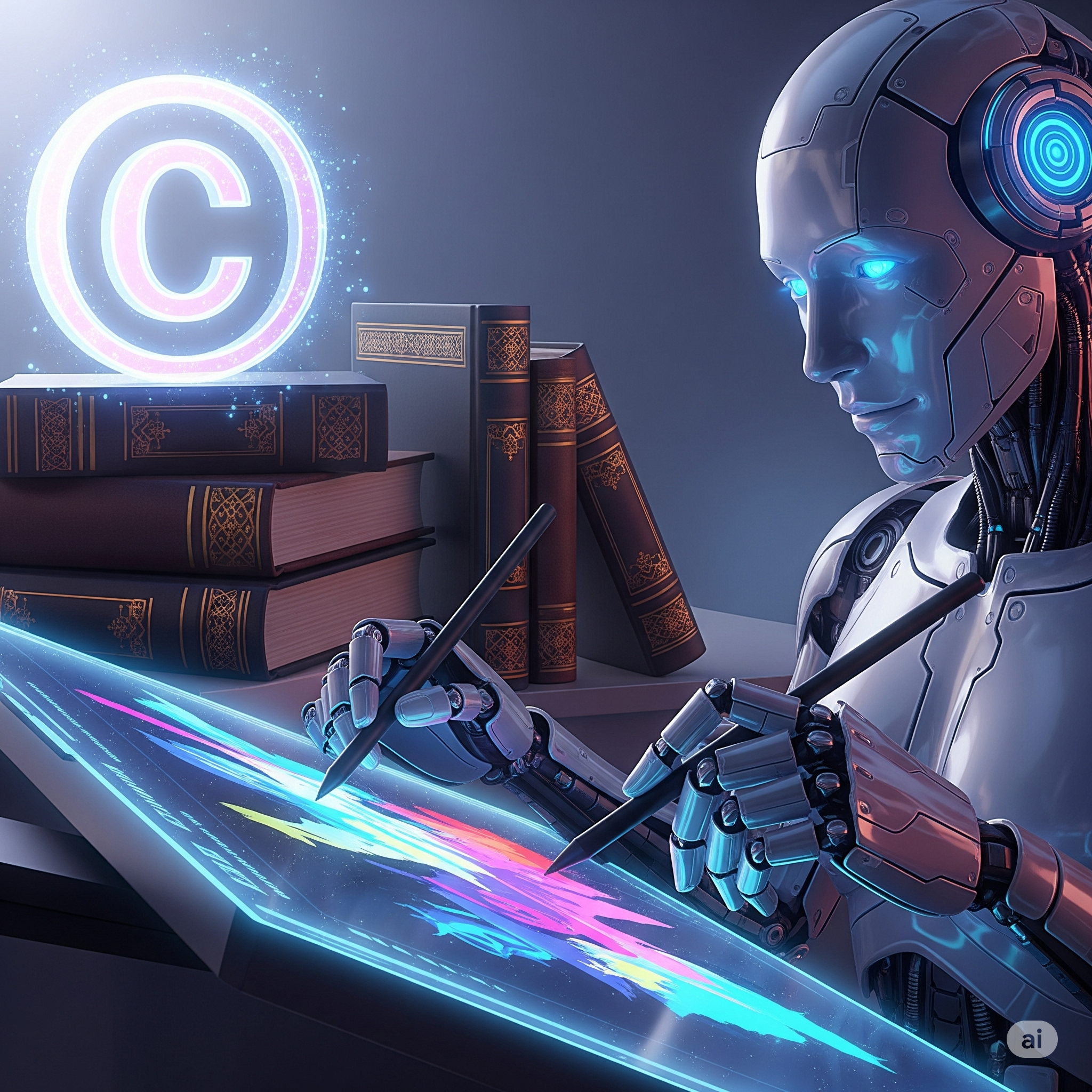

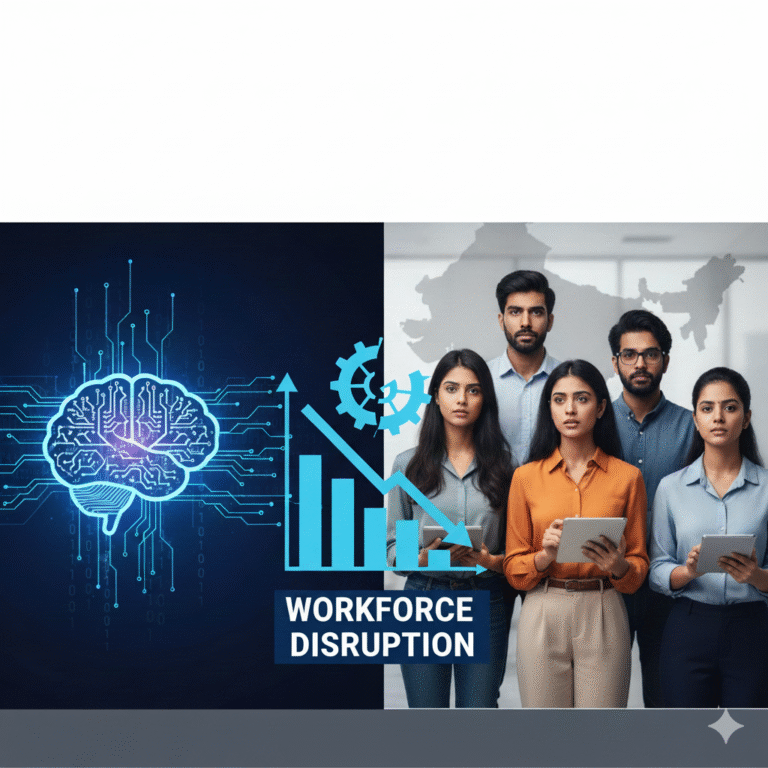
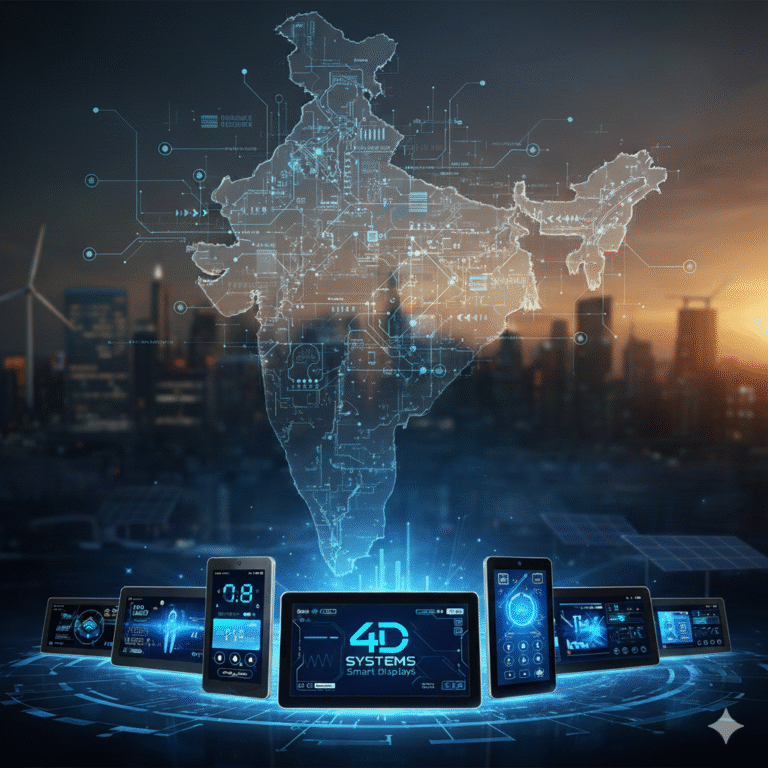
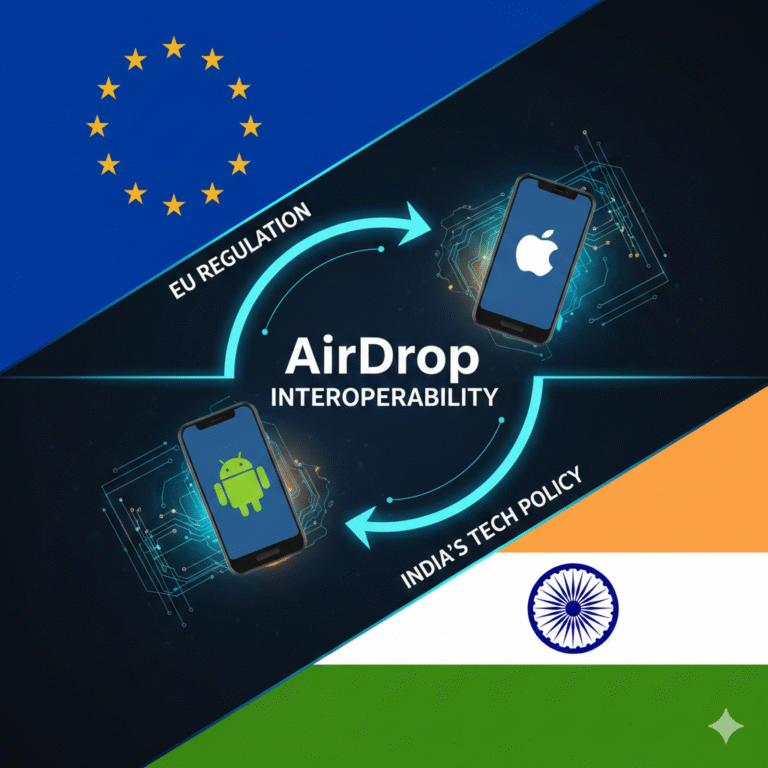

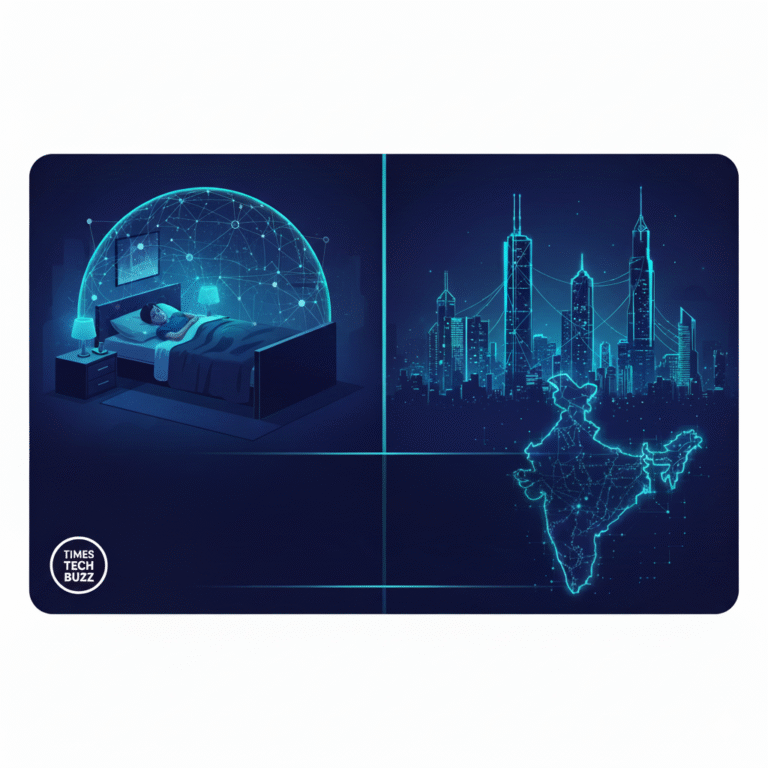

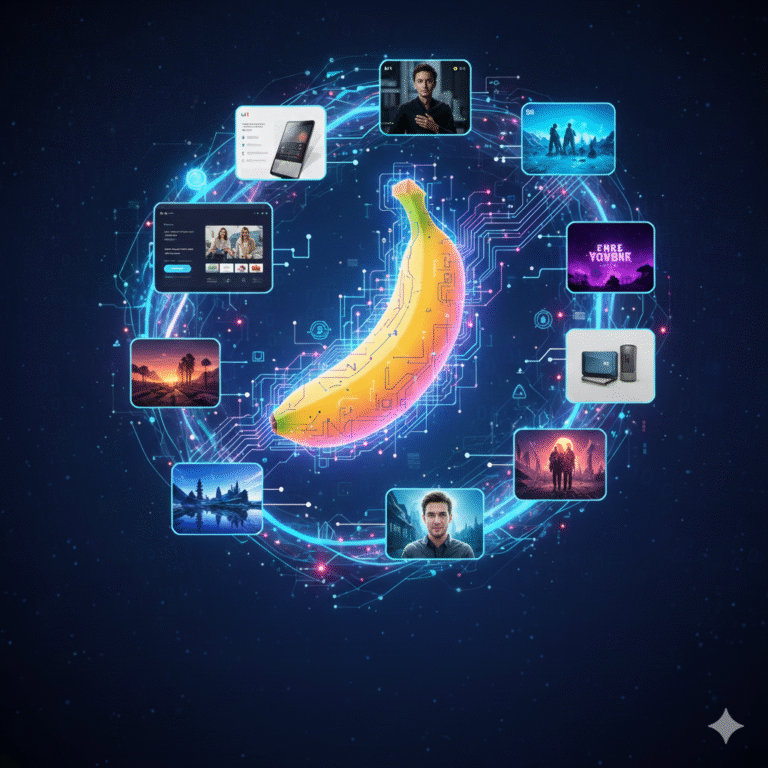
+ There are no comments
Add yours